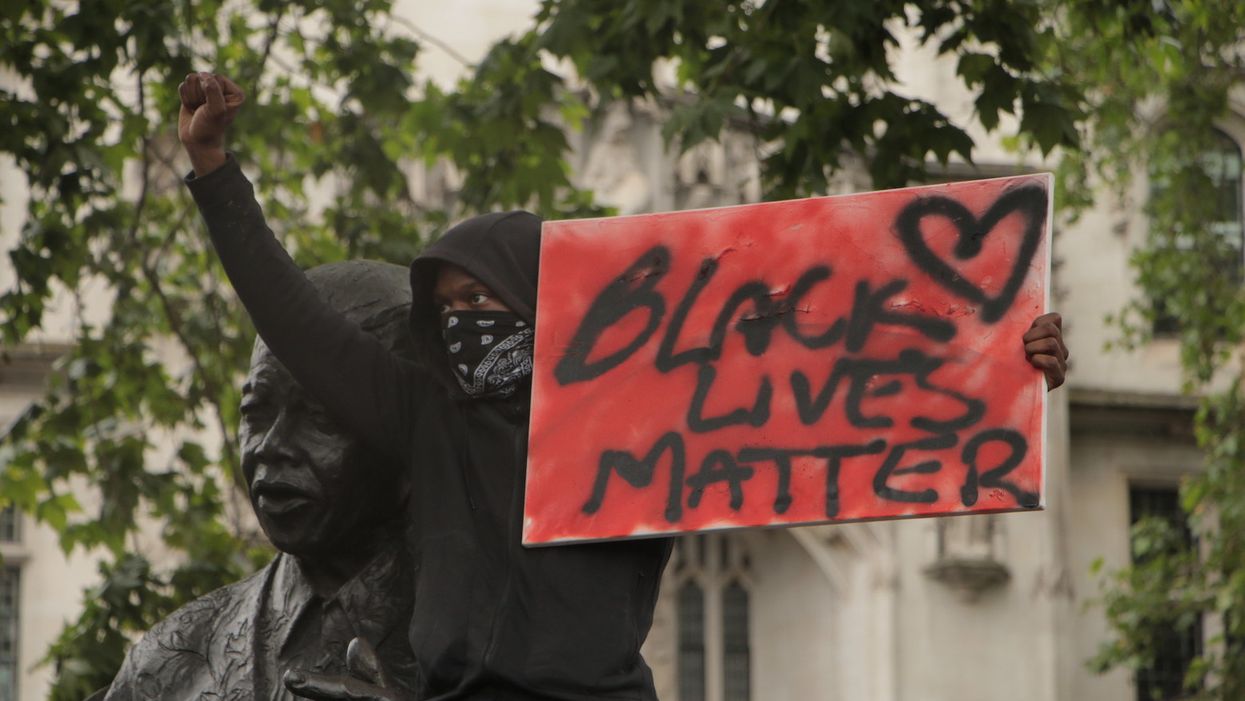Historic 1969 'Black Manifesto' resurfaces on college campus to underscore ongoing problem with racial inequities

Socialist Appeal https://creativecommons.org/licenses/by/2.0/
October 29, 2021 | 09:46AM ETFrontpage news and politics
On November 6, 1969, the Black Student Association at the College of Wooster in Ohio released a declaration advocating for change on their college campus. The declaration, which highlighted their frustration over the racial inequities at their school, detailed the grievances and concerns about the ongoing, institutional racism that Black students and faculty members were subjected to at Wooster.
"We the Black Students of the College of Wooster feel that now is the time to make the long-overdue changes needed on the campus...[our] enemy is institutional racism and it is apparent throughout every aspect of the campus community," the manifesto reads.
That document later became known as The Black Manifesto. Fast forward nearly 52 years, their declaration, unfortunately, remains relevant at Wooster. In fact, it even began circulating on the college campus again. On Monday, October 18, copies of the manifesto had been posted all over the college campus ahead of Tuesday's town hall meeting where students, again, expressed concern about incidents of racism, according to The Wooster Voice.
Contributing writer, Cher Kornma explained how the manifesto underscores the real disconnect between the administration and its students as the college continues to fail to see the bigger picture.
"This is the disconnect that the administration failed to see. Telling students at a town hall dedicated to holding the school accountable that they are heard is frustrating. Telling students who face racially motivated agressions everyday that the school has done a lot to improve equity on campus, is frustrating. Telling students who are tired of asking for the same thing for years on end, that there are many ways that the school has improved, is frustrating. It is frustrating that students themselves have to ask for these basic forms of support. The town hall seemed at times to derail from the point of addressing the persistent anti-blackness that students face and moved to becoming a forum for administration to defend themselves. While I respect Sarah Bolton's presence and attempt at listening to students, the town hall was mishandled and counterintuitive. The very thing that was staged for giving Black voices on campus a platform made Black students feel alienated. The Manifesto demanded action, and that is the immediate response it should have received in the first place."
Kornma also shed light on how the manifesto also resonates with her. Although the document was written more than 50 years ago, she has faced similar incidents of racism during her own matriculation at Wooster. She also noted that many students' complaints have been disregarded by college faculty, administration, and students.
"Like many Black students on campus, when I read the poem I saw a reflection of the frustration, exhaustion and defeat I too felt, looking back at me. I recalled moments over my last three years of being singled out in class, racially harassed on Beall and constantly dismissed, discredited, and underestimated by my peers and professors, and it struck me that I also did not want to graduate from Wooster without trying to make it better for those that will come after me," Kornma wrote.
She revealed how the manifesto also influenced her to demand change as she urged others to speak out against injustice.
"The Manifesto sparked a level of passion in me that I forgot I had," she wrote. "A renewed sense of believing that change and action can happen. The Manifesto proved what action looked like. You see something? You find it unjust? Then demand change. Hold the school accountable for their promises of safety and equitable treatment. Ask the admin what they are willing to do about the fact that their previous efforts have continued to fail."